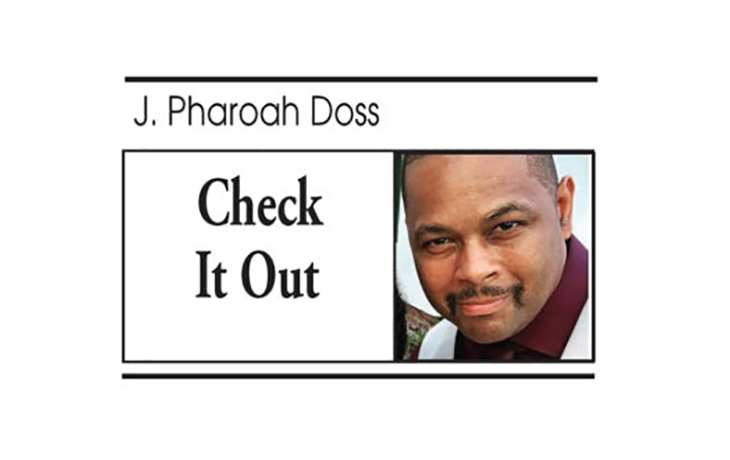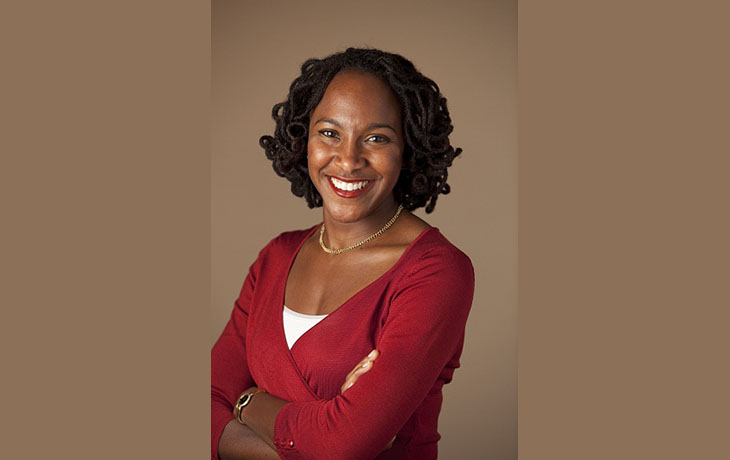Kimani Paul-Emile
In the film Amistad, abolitionists struggled to obtain legal representation for Africans accused of murder following their revolt on a slave ship. The lawyer the abolitionists found advised them not to think of it as a murder trial but as a case involving the illegal transfer of stolen goods.
In other words, the lawyer planned to present the Africans to the court as inanimate objects incapable of committing the crimes for which they were charged. The abolitionists told the lawyer that his legal strategy went against their principles.
The lawyer replied, “You want to win, right?”
***

On October 15, the United States Supreme Court heard oral arguments in Louisiana v. Callais, which focused on states’ obligations to consider race when drawing congressional districts under Section 2 of the Voting Rights Act of 1965. Justice Ketanji Brown Jackson went viral on social media because of the legal analogy she used to prove that “intent” did not have to be a factor in proving racial discrimination.
Justice Jackson cited the Americans with Disabilities Act. The ADA was passed at a time when the majority of buildings were inaccessible to disabled people. The lack of access made the buildings exclusionary, and it didn’t matter whether the contractors or the building owners intended to discriminate, the problem had to be resolved regardless.
Justice Jackson said, “I don’t understand why that isn’t happening here. The idea in Section 2 is that we are responding to current-day manifestations of past and present decisions that disadvantage minorities and make it so that they don’t have equal access to the voting system. They’re disabled. In fact, we use the word “disabled” [as] a way in which you see that these processes are not equally open.”
Jason Whitlock, a Black sports commentator who dabbles in political analysis, held a panel to discuss Justice Jackson’s legal analogy because it was new to them. They didn’t know that comparing Black people to disabled people was a whole school of thought that started before this specific case.
In 2018, Kimani Paul-Emile, an associate professor of law at Fordham University and associate director of its law school’s Center on Race, Law & Justice, made headlines for suggesting that African Americans should embrace the idea that “being Black in America is a disability” as “a new legal strategy.”
Paul-Emile acknowledged African Americans will reject the “blackness as disability” label until they realize it’s a wise courtroom plan to enact protections against unconscious bias, stereotyping, and structural inequality. She stressed that being disabled no longer has a negative connotation, and more importantly, disability law does not force plaintiffs to show the harm they have suffered was intentional; all plaintiffs have to demonstrate is the discriminatory effect.
She pointed out that disability law recognizes how even neutral actions, policies, and programs can significantly limit a person’s ability to carry out important daily activities. Therefore, Black people can claim “Blackness as disability” as a remedial legal effort to use the courts to require some sort of structural reforms that benefit the Black community against the limited opportunity African Americans experience today.
She went on to state, “Blackness in the United States has an independent disabling effect distinct from the effects of socioeconomic status [including] facing increased likelihood, relative to Whites, of living in poverty, attending failing schools, experiencing discrimination in housing, being denied a job interview, being stopped by the police, being killed during a routine police encounter, receiving inferior medical care, living in substandard conditions and in dangerous and polluted environments, being un- or underemployed, receiving longer prison sentences, and having a lower life expectancy.”
Paul-Emile clarified that Blackness alone does not constitute an impairment. However, disability law recognizes that many traits understood as disabling do not necessarily arise from a medical condition but are instead simply traits that create disadvantage when combined with an inhospitable social or physical environment.”
Paul-Emile aimed to convey to African Americans that “Blackness as disabling … brings to the fore a surprising new approach to addressing discrimination and systemic inequality that has been hiding in plain sight: disability law.”
It’s rumored Paul-Emile was asked, “Doesn’t a legal strategy that equates being Black to being handicapped betray the principles of the traditional Civil Rights movement?”
Paul-Emile answered, “You want to win, right?”

